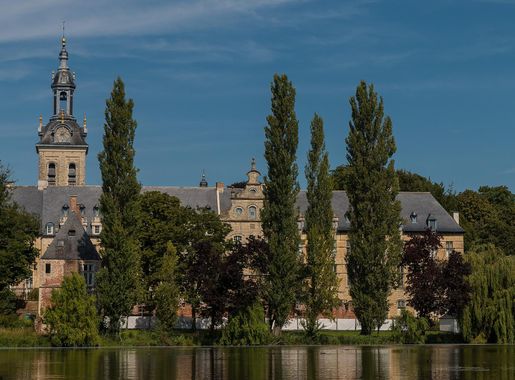
Tranquil Waters and Historic Charm: Leuvense Vaart
Discover the serene beauty and historical significance of Leuvense Vaart, a picturesque canal in Belgium perfect for leisurely walks, bike rides, and tranquil escapes.
Leuvense Vaart is a picturesque canal in Belgium that connects the vibrant city of Leuven to the Dijle River. This scenic waterway, built in the 18th century, offers a tranquil escape from the bustling city life and a glimpse into Belgium's rich history. The canal is lined with lush greenery and charming houses, making it a perfect spot for a relaxing walk or a leisurely bike ride. The calm waters reflect the beauty of the surrounding landscape, providing stunning photo opportunities for visitors. Along the way, you can find quaint cafes and eateries where you can enjoy local delicacies while taking in the serene views. Leuvense Vaart is not just a place for relaxation; it also has historical significance. The canal played a crucial role in the economic development of the region, serving as a major transportation route for goods. Today, it stands as a testament to the ingenuity and hard work of the people who built it. Whether you're a history buff, nature lover, or simply looking for a peaceful retreat, Leuvense Vaart has something to offer for everyone.
Local tips in Leuvense Vaart
- Rent a bike to explore the canal and its surroundings at your own pace.
- Visit early in the morning or late in the afternoon for the best light for photography.
- Pack a picnic and enjoy it by the water for a relaxing experience.
- Check local events as there are often cultural and historical tours available.
Tranquil Waters and Historic Charm: Leuvense Vaart
Leuvense Vaart is a picturesque canal in Belgium that connects the vibrant city of Leuven to the Dijle River. This scenic waterway, built in the 18th century, offers a tranquil escape from the bustling city life and a glimpse into Belgium's rich history. The canal is lined with lush greenery and charming houses, making it a perfect spot for a relaxing walk or a leisurely bike ride. The calm waters reflect the beauty of the surrounding landscape, providing stunning photo opportunities for visitors. Along the way, you can find quaint cafes and eateries where you can enjoy local delicacies while taking in the serene views. Leuvense Vaart is not just a place for relaxation; it also has historical significance. The canal played a crucial role in the economic development of the region, serving as a major transportation route for goods. Today, it stands as a testament to the ingenuity and hard work of the people who built it. Whether you're a history buff, nature lover, or simply looking for a peaceful retreat, Leuvense Vaart has something to offer for everyone.
When is the best time to go to Leuvense Vaart?
Iconic landmarks you can’t miss
Botanical Garden
Explore Leuven's Botanical Garden - a picturesque sanctuary showcasing Belgium's rich botanical heritage and diverse plant species.
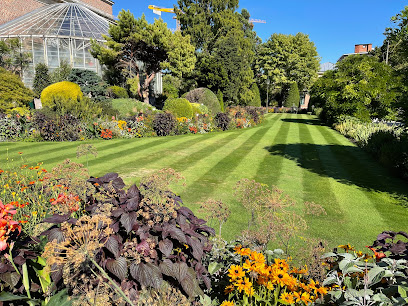
Leuven Oude Markt
Discover the vibrant Oude Markt in Leuven, a historic square known for its lively atmosphere, diverse bars, and rich cultural heritage.
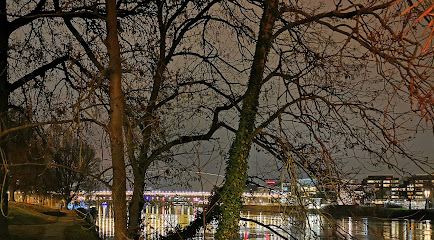
Groot Begijnhof Leuven
Experience the serene beauty and rich history of Groot Begijnhof Leuven, a UNESCO World Heritage site perfect for history enthusiasts and tranquility seekers.
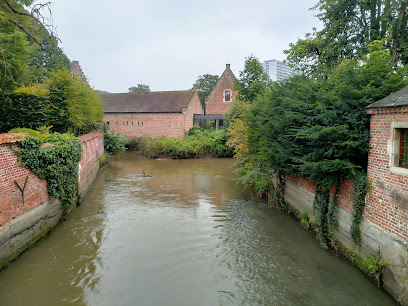
Ladeuzeplein
Experience the vibrant atmosphere of Ladeuzeplein, Leuven's historic square filled with stunning architecture and cultural events.
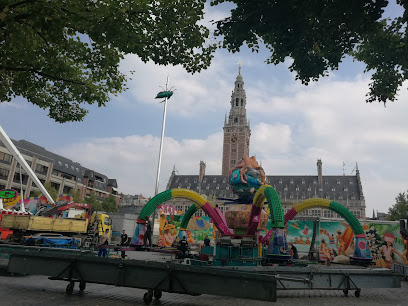
Grote Markt
Discover the vibrant atmosphere and rich history of Leuven's Grote Markt, a captivating square surrounded by stunning architecture and local culture.
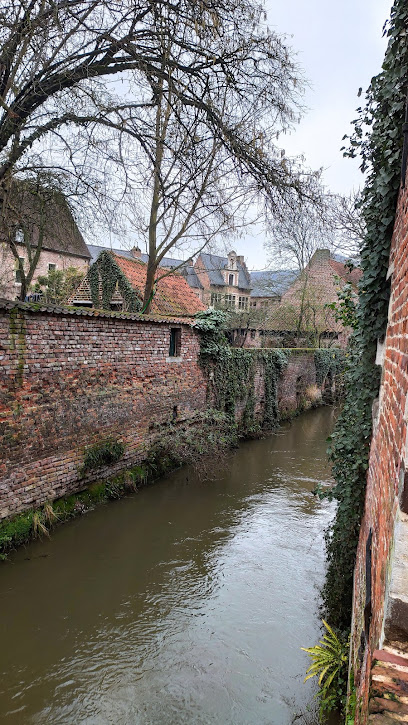
Arenberg Castle
Explore the grandeur of Arenberg Castle in Leuven, a stunning historical site surrounded by beautiful gardens and rich in cultural significance.
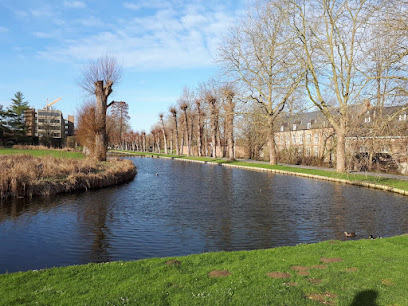
Historic Leuven Town Hall
Explore the Historic Leuven Town Hall, a stunning Gothic masterpiece in Belgium's vibrant city center, rich in history and architectural beauty.
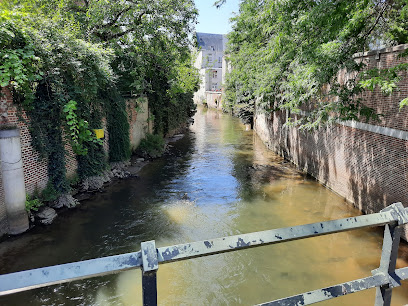
Saint Peter's Church
Explore the stunning Gothic architecture and rich history of Saint Peter's Church, a must-see attraction in Leuven, Belgium.
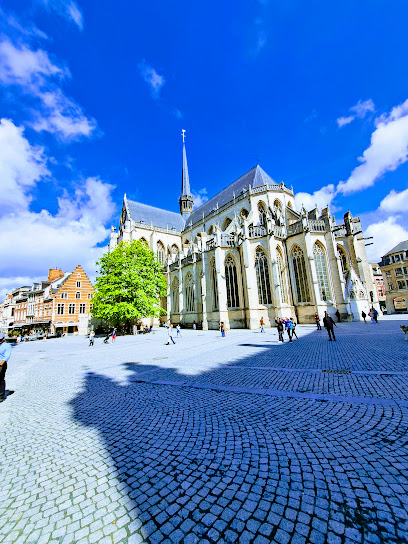
Fonske (statue)
Discover Fonske, Leuven's iconic statue that embodies the city's academic spirit and vibrant culture, nestled in the lively Rector de Somerplein.
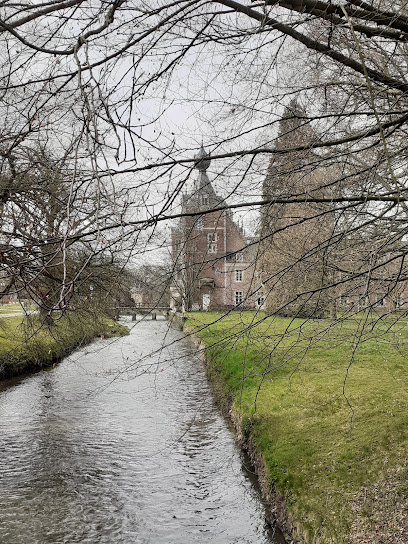
Klein Begijnhof Leuven
Discover the serene beauty and rich history of Klein Begijnhof, a UNESCO World Heritage site in Leuven, Belgium, perfect for peaceful exploration.
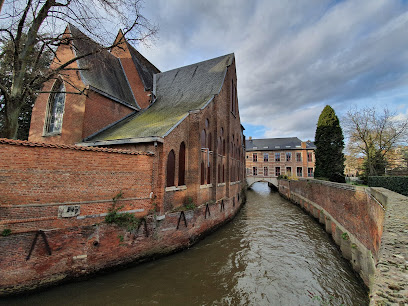
Visit Leuven Tourist Information
Explore Leuven with ease; the Tourist Information Center is your ultimate guide to this historic Belgian city, revealing its hidden gems and vibrant culture.

Janseniuspark
Discover the serene beauty of Janseniuspark in Leuven, a perfect escape for nature lovers and a delightful spot for relaxation and recreation.
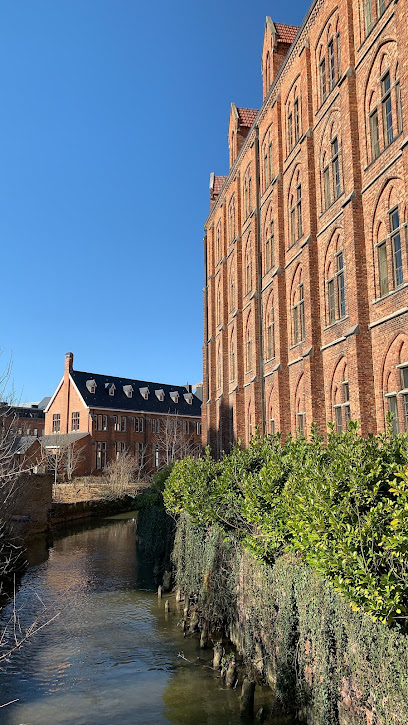
Jan Fabre's Beetle Totem
Explore Jan Fabre's Beetle Totem in Leuven, where art meets nature in a vibrant landmark that captivates every visitor.
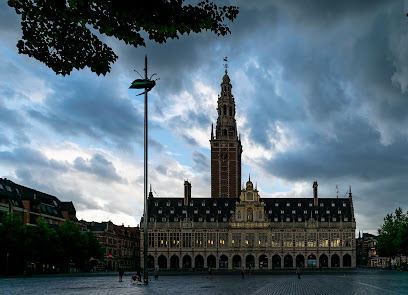
Ruins of oldest Leuven city walls
Explore the ancient Ruins of Leuven's city walls, a captivating historical landmark revealing the rich heritage and culture of Belgium.

De Kotmadam Leuven
Discover The Kotmadam in Leuven, a charming sculpture celebrating the spirit of student life and the iconic landladies of Belgium's vibrant university town.
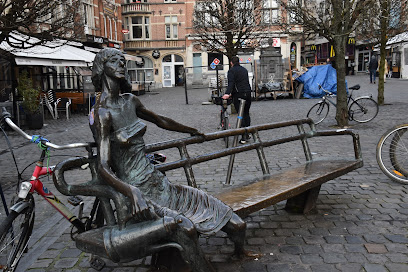
Unmissable attractions to see
ZOO Planckendael
Discover the captivating wildlife and lush landscapes of ZOO Planckendael, a premier zoo in Mechelen, Belgium, dedicated to conservation and education.

Bois de la Cambre
Experience the serene beauty of Bois de la Cambre, a lush green park in Brussels perfect for relaxation, recreation, and picturesque views.
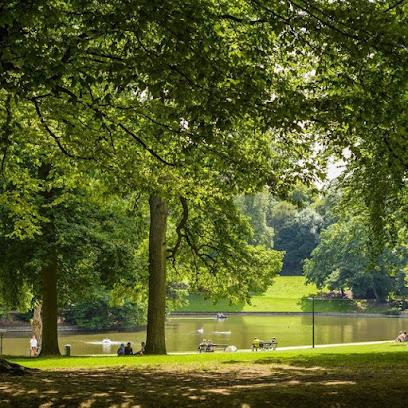
Royal Belgian institute of Natural Sciences
Explore the captivating Royal Belgian Institute of Natural Sciences in Brussels, where nature and science come alive through fascinating exhibits and collections.
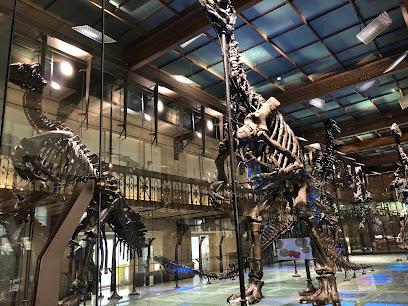
Grote Markt
Experience the charm of Grote Markt in Mechelen, Belgium, a vibrant square filled with history, architecture, and local culture.
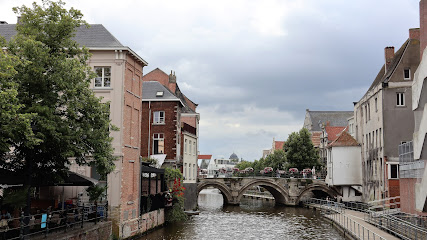
Stadspark
Explore Stadspark in Antwerp, a serene city park offering lush greenery, recreational activities, and a perfect spot for relaxation and cultural experiences.
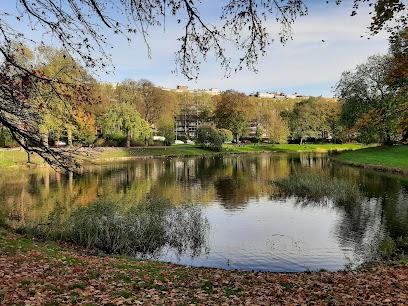
Lion's Mound
Explore the majestic Lion's Mound, a historic landmark commemorating the pivotal Battle of Waterloo in Belgium's scenic landscape.

Opera Antwerpen
Experience the cultural brilliance of Opera Antwerpen, where timeless performances meet exquisite artistry in the heart of Belgium.
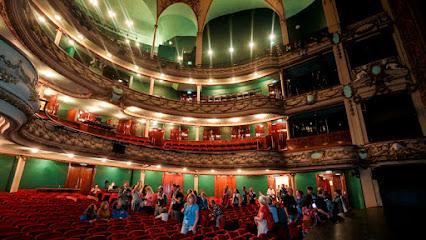
Musée bruxellois de la gueuze
Explore the rich tradition of Gueuze brewing at the Musée Bruxellois de la Gueuze in Anderlecht, where history and flavor intertwine.
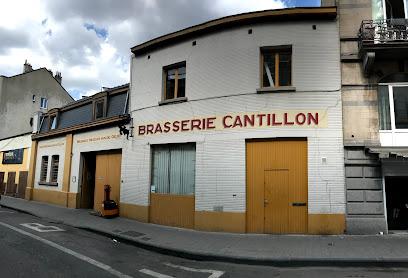
Red Cloister
Explore the serene Red Cloister in Auderghem, where art, history, and nature come together for a unique cultural experience.
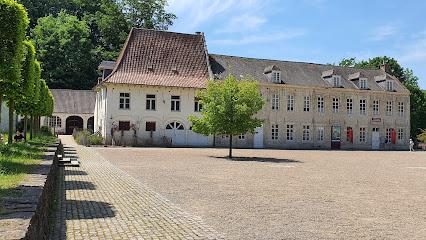
Square of Petit Sablon
Explore the tranquil Square of Petit Sablon in Brussels, a beautiful park filled with rich history and stunning art, perfect for relaxation and leisurely strolls.
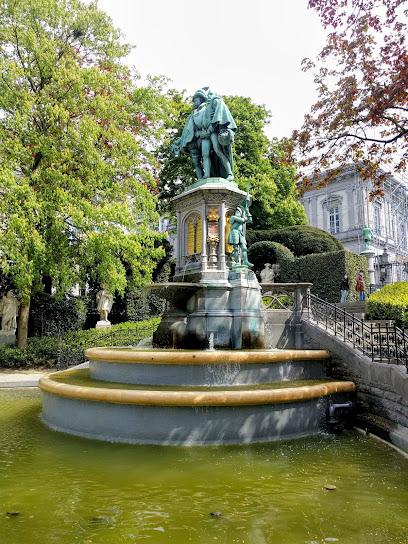
La Fleur en Papier Doré
Discover the charm of La Fleur en Papier Doré, a delightful bistro and coffee shop in Brussels, where taste and culture blend seamlessly.
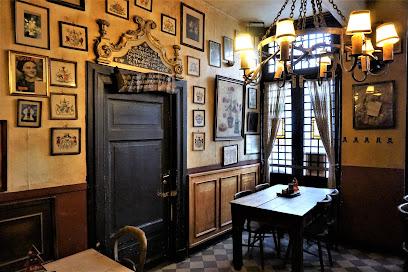
De Koninck - Antwerp City Brewery
Discover the essence of Antwerp's brewing tradition at De Koninck City Brewery, where craft beer meets rich history in every sip.
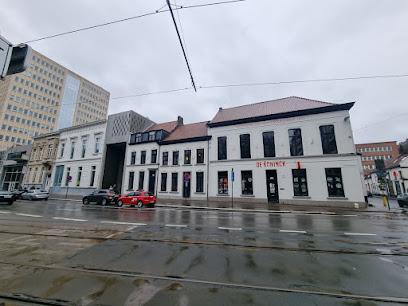
Maison Dandoy - Grand Place
Experience the essence of Belgian desserts at Maison Dandoy - Grand Place, where traditional flavors and modern delights meet in perfect harmony.

Zimmer tower
Explore the historical beauty of Zimmer Tower, a must-visit landmark in Lier, Belgium, showcasing rich culture and stunning architecture.
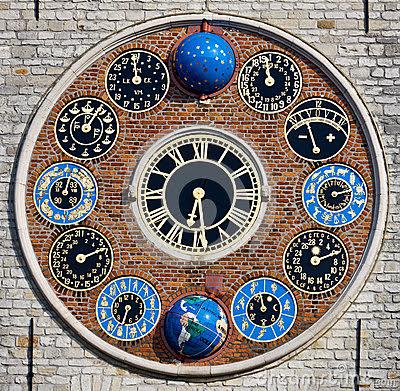
Mechels Broek
Discover Mechels Broek, a serene nature preserve in Mechelen, perfect for birdwatching, leisurely walks, and reconnecting with nature.
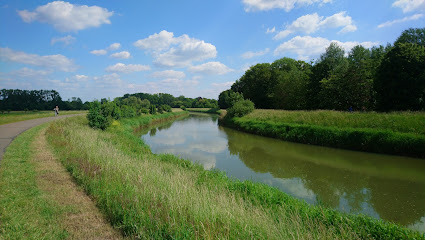
Essential places to dine
Dewerf
Experience authentic Belgian cuisine at Dewerf in Leuven, where delightful flavors meet warm hospitality.

Notre Dame
Experience authentic Belgian flavors at Notre Dame in Leuven – where tradition meets culinary artistry.
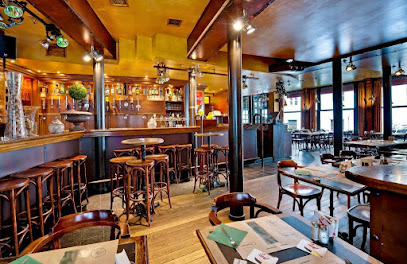
De Blauwe Schuit
Experience authentic Belgian cuisine at De Blauwe Schuit in Leuven – where tradition meets taste in every dish.
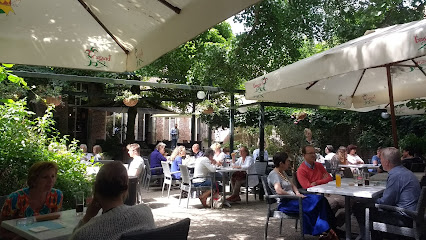
Mykene
Experience the essence of Belgian cuisine at Mykene in Leuven—where tradition meets innovation in every delicious dish.

De Hoorn Bar & Resto
Experience authentic Belgian cuisine at De Hoorn Bar & Resto in Leuven – where tradition meets modern dining.
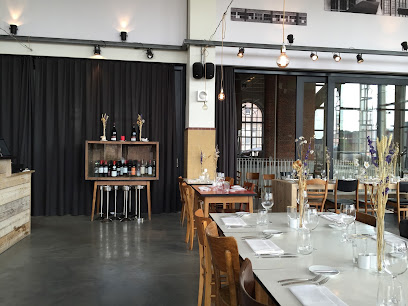
Nirvana Kitchen
Experience the best of modern Indian cuisine in Leuven at Nirvana Kitchen - where tradition meets innovation.

Het Strand
Experience the vibrant fusion of flavors at Het Strand – Leuven's premier vegetarian and fusion restaurant.
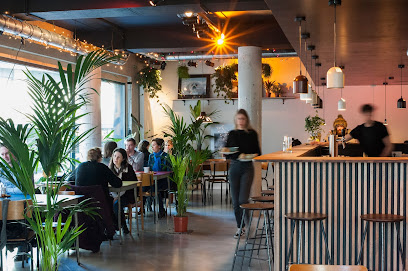
DONKI
Discover authentic Mexican flavors at DONKI in Leuven - home to mouthwatering burritos and delicious tacos in a vibrant setting.
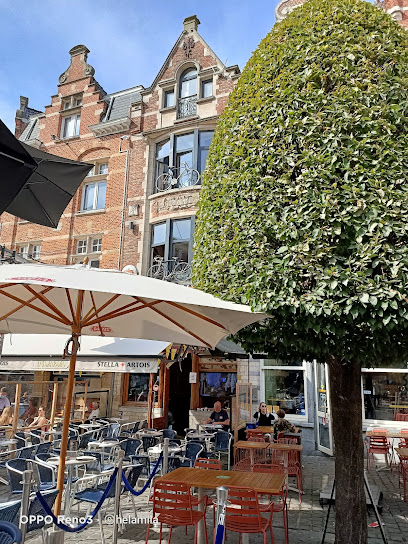
Noordoever
Discover delicious vegan delights at Noordoever in Leuven – where fresh ingredients meet innovative cuisine in a charming setting.
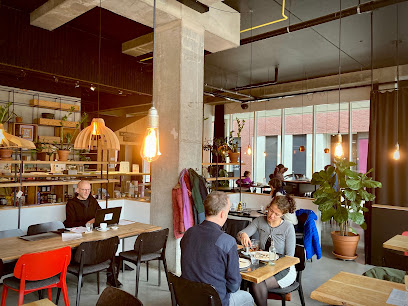
De Klimop
Discover De Klimop in Leuven: A top European restaurant offering authentic Belgian cuisine in a cozy and elegant setting.
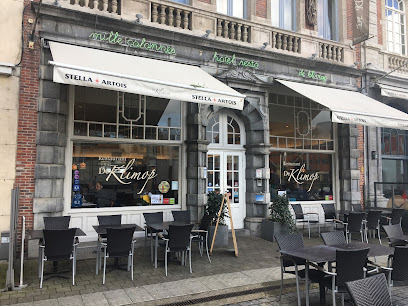
Resto Café Agora
Discover Resto Café Agora: A culinary gem in Leuven offering delectable local and international dishes in a cozy atmosphere.
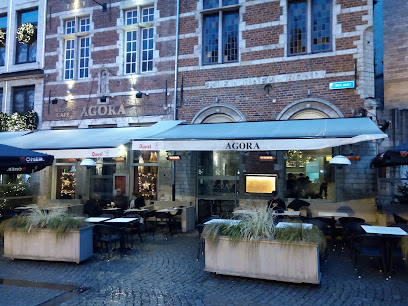
Zarza
Experience exquisite fine dining at Zarza in Leuven, where seasonal ingredients meet culinary artistry for an unforgettable meal.
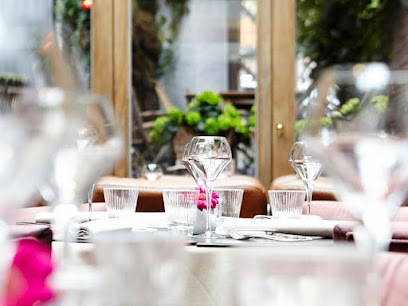
Florida Food Bar
Experience authentic Belgian cuisine at Florida Food Bar in Leuven - where delicious flavors meet warm hospitality.
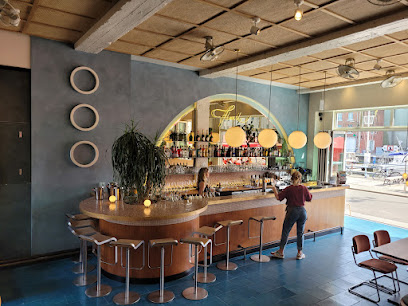
Zappaz
Experience culinary excellence at Zappaz, Leuven's premier fine dining destination offering innovative dishes and impeccable service.
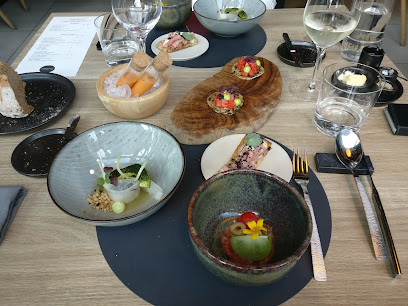
Het Moorinneken
Discover the heart of Belgium at Het Moorinneken - a culinary haven offering traditional dishes in an inviting atmosphere.
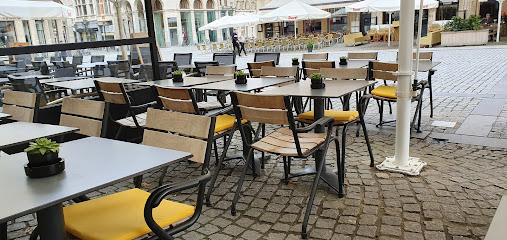
Markets, malls and hidden boutiques
Action Boortmeerbeek
Explore Action Boortmeerbeek for an extensive range of gifts, home goods, and hobby supplies at unbeatable prices, perfect for every traveler.

BARBÓÉK
Discover a literary oasis at BARBÓÉK in Leuven, where books and coffee blend seamlessly for an unforgettable experience.
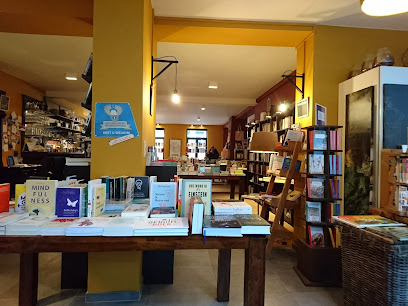
Think Twice Leuven
Explore sustainable fashion at Think Twice Leuven – a secondhand clothing store offering unique, stylish finds that celebrate eco-friendly shopping.
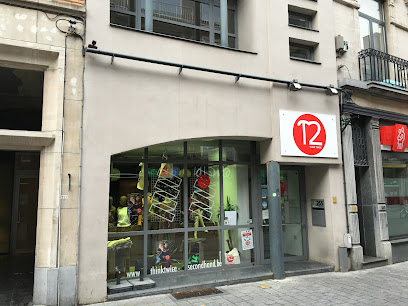
JBC Boortmeerbeek
Explore JBC Boortmeerbeek for trendy children's and men's clothing; a family-friendly shopping experience in the heart of Boortmeerbeek.
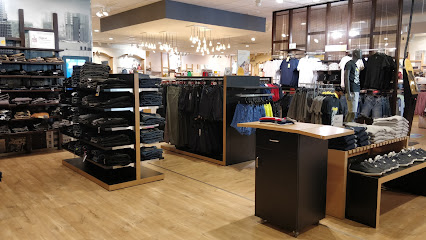
C&A
Discover stylish and affordable fashion at C&A in Boortmeerbeek, where quality meets sustainability in clothing for the entire family.

Carrefour market Boortmeerbeek
Experience the local flavors of Boortmeerbeek at Carrefour Market, your go-to supermarket for fresh produce, bakery delights, and quality meats.
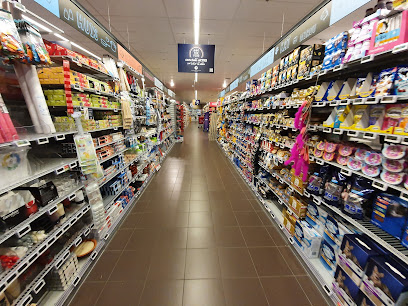
Hops 'N More
Explore a diverse selection of local and international beers at Hops 'N More in Leuven, Belgium's craft beer haven.
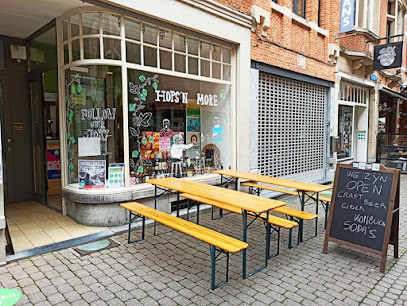
Jelly Jazz - Leuven
Explore Jelly Jazz in Leuven for unique gifts and local crafts that capture the essence of Belgium's creativity and charm.
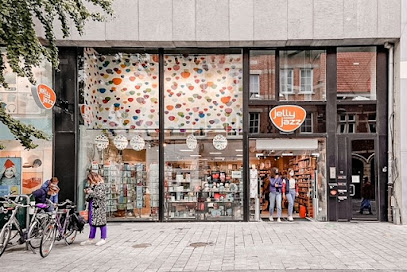
Animaux Spéciaux
Explore the whimsical world of taxidermy and quirky gifts at Animaux Spéciaux in Leuven, a unique shopping experience for every curious traveler.
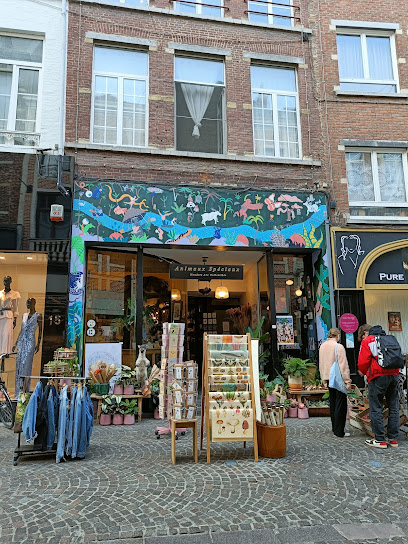
Giraffe Leuven
Explore Giraffe Leuven, a trendy clothing store in Leuven offering unique fashion pieces and accessories for every style enthusiast visiting Belgium.
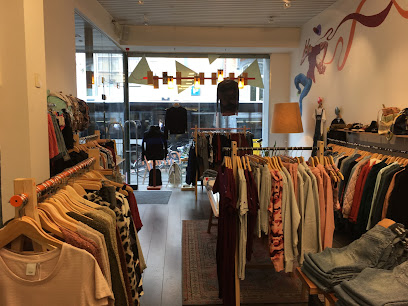
Kringwinkel Leuven
Unearth vintage gems and sustainable finds at Kringwinkel Leuven, the thrift store that celebrates eco-friendly shopping in the heart of Belgium.

Hexagoon
Explore Hexagoon in Leuven: A delightful store filled with unique trinkets, fabrics, and bags, showcasing the charm of local craftsmanship.
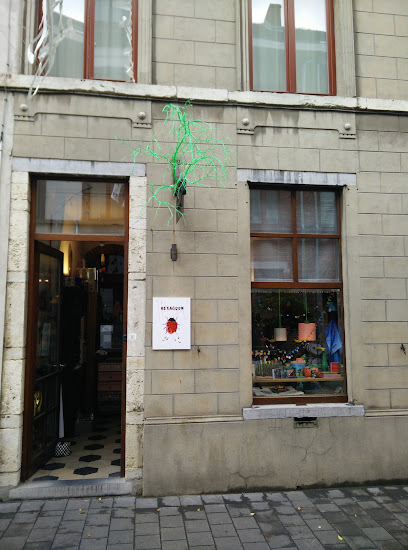
Oxfam Bookshop Leuven
Explore Oxfam Bookshop Leuven for a unique collection of second-hand books, supporting social causes while enjoying a literary adventure.
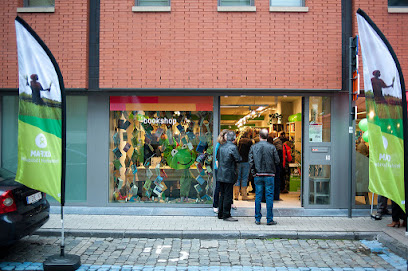
Thelma Store & Café
Explore sustainable fashion and enjoy organic delights at Thelma Store & Café in Leuven, a unique blend of shopping and relaxation.
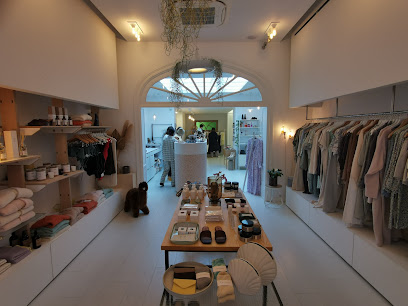
Rawette 2de Handsmerkkledij
Explore Rawette 2de Handsmerkkledij in Leuven for a unique shopping experience filled with second-hand designer clothing and sustainable fashion.
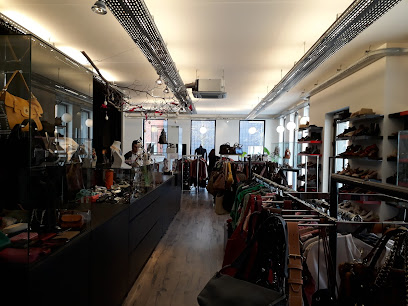
Essential bars & hidden hideouts
Bar Nine
Discover Bar Nine in Leuven, a cocktail bar blending innovative drinks and a vibrant atmosphere, perfect for social gatherings and celebrations.

Café Belge
Experience the heart of Leuven's nightlife at Café Belge, where unique Belgian beers and a vibrant atmosphere await you.

Barvista
Experience the vibrant nightlife of Leuven at Barvista, where cocktails and dancing come together for an unforgettable evening.

De Metafoor
Experience the warmth of Leuven at De Metafoor, where great drinks and a cozy atmosphere come together for an unforgettable night out.
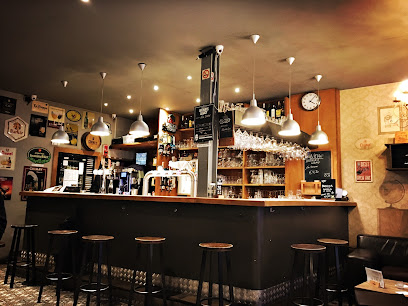
De Blauwe Kater
Discover De Blauwe Kater, a cozy bar in Leuven offering a vibrant atmosphere, a vast selection of drinks, and a taste of local culture.
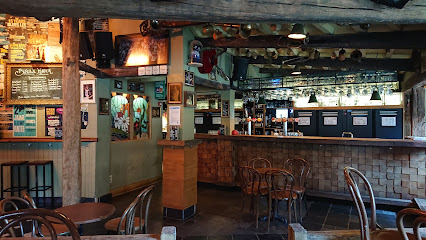
Bar Louis
Experience the vibrant atmosphere of Bar Louis in Leuven, where classic bar charm meets modern wine sophistication.

Thomas Stapleton
Discover the heart of Ireland in Leuven at Thomas Stapleton, a lively Irish pub with delicious food, a wide selection of beers, and a welcoming atmosphere.

Gainsbourg
Experience the vibrant flavors of Leuven at Gainsbourg, where grilled delights meet expertly crafted cocktails in a lively atmosphere.

De Rector
Experience the vibrant flavors and lively atmosphere at De Rector, Leuven's charming brasserie and cocktail bar, perfect for every occasion.

bar Stan
Experience the vibrant atmosphere and authentic Belgian flavors at Bar Stan in Leuven, where every visit feels like a celebration.

Bar Del Sol
Experience the vibrant ambiance of Bar Del Sol in Leuven, where local flavors meet a welcoming atmosphere in the heart of Belgium.

Bar Berlin
Experience the charm of Leuven at Bar Berlin, where exceptional coffee and delightful meals await in a cozy atmosphere.
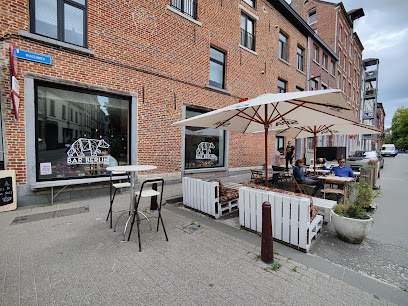
't Archief
Experience the vibrant nightlife of Leuven at 't Archief, a popular pub offering a wide selection of drinks and a lively atmosphere.

Dokteur
Discover the lively charm of Dokteur in Leuven, a top-notch bar and café offering exceptional drinks and a welcoming atmosphere for all.
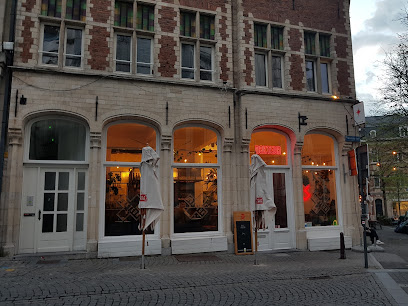
Bardot
Discover Bardot in Leuven, where tantalizing tapas meet a vibrant atmosphere for an unforgettable dining experience.

Local Phrases about Leuvense Vaart
-
- HelloHallo
[ha-lo] - GoodbyeTot ziens
[tot zeens] - YesJa
[ya] - NoNee
[nee] - Please/You're welcomeAlstublieft
[al-stu-bleeft] - Thank youDank u
[dank uu] - Excuse me/SorrySorry
[so-ree] - How are you?Hoe gaat het met u?
[hoo gaat het met uu] - Fine. And you?Goed. En met u?
[khoot. en met uu] - Do you speak English?Spreekt u Engels?
[spreekt uu engels] - I don't understandIk begrijp het niet
[ik buh-grayp het neet]
- HelloHallo
-
- I'd like to see the menu, pleaseMag ik de menukaart zien, alstublieft
[mahk ik duh menoo-kart seen, al-stu-bleeft] - I don't eat meatIk eet geen vlees
[ik ayt khayn vlays] - Cheers!Proost!
[prohst] - I would like to pay, pleaseIk wil graag betalen, alstublieft
[ik vil khraag buh-tah-lun, al-stu-bleeft]
- I'd like to see the menu, pleaseMag ik de menukaart zien, alstublieft
-
- Help!Help!
[help] - Go away!Ga weg!
[ga vekh] - Call the Police!Bel de politie!
[bel duh poh-lee-see] - Call a doctor!Bel een dokter!
[bel ayn dok-tur] - I'm lostIk ben verdwaald
[ik ben fer-dwaald] - I'm illIk ben ziek
[ik ben zik]
- Help!Help!
-
- I'd like to buy...Ik wil kopen...
[ik vil koh-pun] - I'm just lookingIk kijk even rond
[ik khayk ay-ven ront] - How much is it?Hoeveel kost het?
[hoo-vel kost het] - That's too expensiveDat is te duur
[dat is tuh dur] - Can you lower the price?Kunt u de prijs verlagen?
[kunt uu duh prees vur-lah-gen]
- I'd like to buy...Ik wil kopen...
-
- What time is it?Hoe laat is het?
[hoo laht is het] - It's one o'clockHet is een uur
[het is ayn oor] - Half past (10)Half elf
[hahlf elf] - MorningOchtend
[okh-tend] - AfternoonNamiddag
[nah-mee-dahkh] - EveningAvond
[ah-vont] - YesterdayGisteren
[khis-tur-en] - TodayVandaag
[vahn-dahkh] - TomorrowMorgen
[mohr-khun] - 1Een
[ayn] - 2Twee
[tvay] - 3Drie
[dree] - 4Vier
[veer] - 5Vijf
[vayf] - 6Zes
[zehs] - 7Zeven
[zay-ven] - 8Acht
[ahkht] - 9Negen
[nay-ghun] - 10Tien
[teen]
- What time is it?Hoe laat is het?
-
- Where's a/the...?Waar is de...
[vahr is duh] - What's the address?Wat is het adres?
[vaht is het ah-dres] - Can you show me (on the map)?Kunt u mij dat tonen (op de kaart)?
[kunt uu may dat toh-nun (op duh kart)] - When's the next (bus)?Wanneer is de volgende (bus)?
[vahn-er is duh vol-hun-duh (bus)] - A ticket (to ....)Een ticket (naar ....)
[ayn ticket (nar)]
- Where's a/the...?Waar is de...
History of Leuvense Vaart
-
Leuvense Vaart, also known as the Leuven-Dijle Canal, was constructed in the 18th century. The canal was initially proposed to improve trade routes between Leuven and Mechelen. The construction began in 1750 and was completed in 1753. This engineering marvel was crucial for the transportation of goods such as coal, timber, and agricultural products, significantly boosting the local economy.
-
During the Industrial Revolution in the 19th century, Leuvense Vaart played a pivotal role in the region's industrialization. Factories and warehouses sprang up along the canal, utilizing its waters for both transportation and industrial processes. The canal became a bustling hub, with barges frequently transporting raw materials and finished goods. This period marked the zenith of the canal's commercial importance.
-
In World War I, Leuvense Vaart gained strategic military importance. The German forces recognized the canal as a critical supply route and sought to control it. The canal and its surrounding areas saw several skirmishes and were heavily guarded. Despite the conflict, the canal continued to be a lifeline for transporting essential supplies.
-
After the devastating effects of World Wars I and II, Leuvense Vaart underwent significant reconstruction and modernization. The Belgian government invested in deepening and widening the canal to accommodate larger vessels. This modernization was essential for reinvigorating trade and commerce in the region, ensuring the canal remained a vital economic artery.
-
Beyond its economic and strategic roles, Leuvense Vaart holds cultural significance. The canal is lined with historical landmarks, including old warehouses, bridges, and locks that date back centuries. These structures tell the story of the region's industrial past. Additionally, the canal is a popular recreational spot, with walking and cycling paths that attract locals and tourists alike, celebrating the natural beauty and historical heritage of the area.
-
Today, Leuvense Vaart continues to be a symbol of historical and cultural heritage. While its role in heavy industrial transportation has diminished, it has found new life as a scenic and recreational area. The canal is a testament to the region's resilience and adaptability, blending its rich history with contemporary urban life. Festivals, boat tours, and cultural events frequently take place along the canal, making it a vibrant part of modern Belgian society.
Leuvense Vaart Essentials
-
Leuvense Vaart is located in the Flemish Brabant region of Belgium. The nearest international airport is Brussels Airport (BRU), approximately 25 kilometers away. From the airport, you can take a direct train to Leuven, which takes around 15 minutes. Alternatively, you can take a taxi or a shuttle service. If you're traveling from Brussels city center, you can reach Leuven by train in about 20 minutes.
-
Once in Leuven, getting around is convenient thanks to a well-connected public transport system. Buses and trains operate frequently and can take you to various points along the Leuvense Vaart. Biking is also a popular mode of transport, and there are rental services available. For those who prefer driving, car rentals are an option, but be mindful of parking restrictions in the city center.
-
The official currency in Belgium is the Euro (EUR). Credit and debit cards are widely accepted in hotels, restaurants, and shops. However, it is advisable to carry some cash, especially for small purchases or if you plan to visit local markets. ATMs are readily available throughout Leuven for cash withdrawals.
-
Leuven is generally a safe city for tourists, but standard precautions should always be taken. Avoid walking alone late at night in poorly lit or unfamiliar areas. Be cautious of your belongings in crowded places to prevent pickpocketing. The areas around the train station can attract some petty crime, so remain vigilant.
-
In case of an emergency, dial 112 for immediate assistance. This number connects you to police, fire, and medical services. Leuven has several hospitals and clinics, including the University Hospitals Leuven, which is well-equipped for emergencies. It is advisable to have travel insurance that covers medical emergencies. Pharmacies are widely available for minor health issues.
-
Fashion: Do dress comfortably and in layers, as Belgian weather can be unpredictable. Avoid overly casual attire like flip-flops or sportswear when dining out. Religion: Do respect local customs, especially when visiting churches; dress modestly and remain quiet. Public Transport: Do validate your ticket before boarding and give up your seat for elderly passengers. Don't be loud or disruptive. Greetings: Do greet people with a handshake, and a friendly 'Bonjour' or 'Goedendag' depending on the language spoken. Eating & Drinking: Do try local delicacies and Belgian beers. Don't leave a tip on the table; instead, round up the bill when paying.
-
For an authentic experience, visit the local markets such as the Friday market at Ladeuzeplein. Engage with locals at cafes and bars; Belgians are known for their friendliness. Don't miss the opportunity to take a leisurely boat ride along the Leuvense Vaart, which offers a unique perspective of the city. Try to attend a local event or festival to fully immerse in the local culture.
Trending Landmarks in Leuvense Vaart
-
Botanical Garden
-
Leuven Oude Markt
-
Groot Begijnhof Leuven
-
Ladeuzeplein
-
Grote Markt
-
Arenberg Castle
-
Historic Leuven Town Hall
-
Saint Peter's Church
-
Fonske (statue)
-
Klein Begijnhof Leuven
-
Visit Leuven Tourist Information
-
Janseniuspark
-
Jan Fabre's Beetle Totem
-
Ruins of oldest Leuven city walls
-
De Kotmadam Leuven
Nearby Cities to Leuvense Vaart
-
Things To Do in Leuven
-
Things To Do in Brussels
-
Things To Do in Antwerp
-
Things To Do in Louvain-la-Neuve
-
Things To Do in Aalst
-
Things To Do in Hasselt
-
Things To Do in Ghent
-
Things To Do in Namur
-
Things To Do in Genk
-
Things To Do in Mons
-
Things To Do in Liege
-
Things To Do in Eindhoven
-
Things To Do in Dinant
-
Things To Do in Maastricht
-
Things To Do in Tournai


